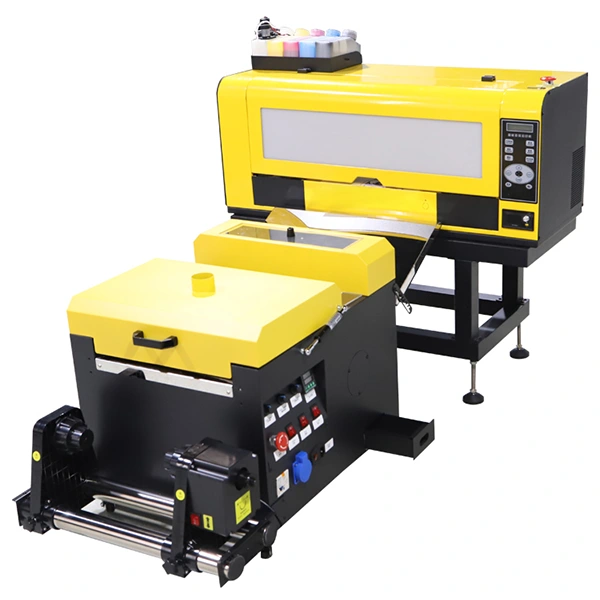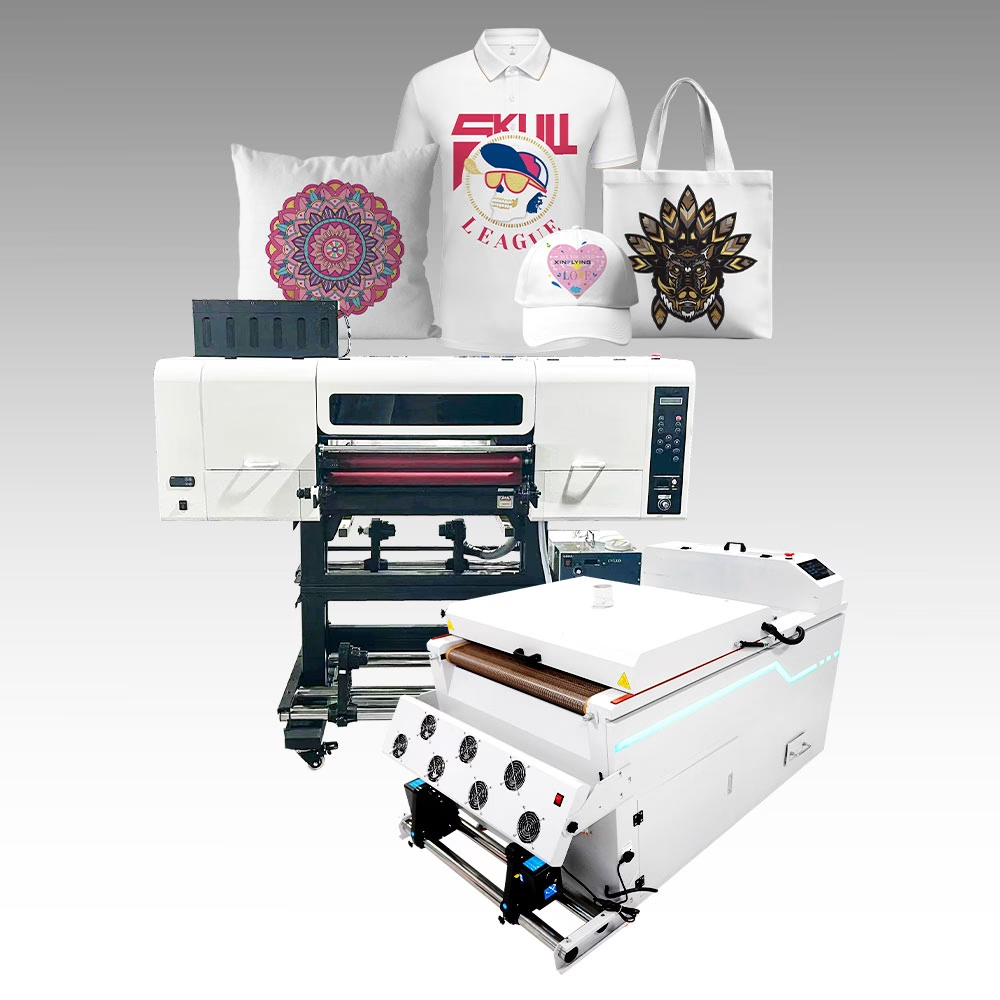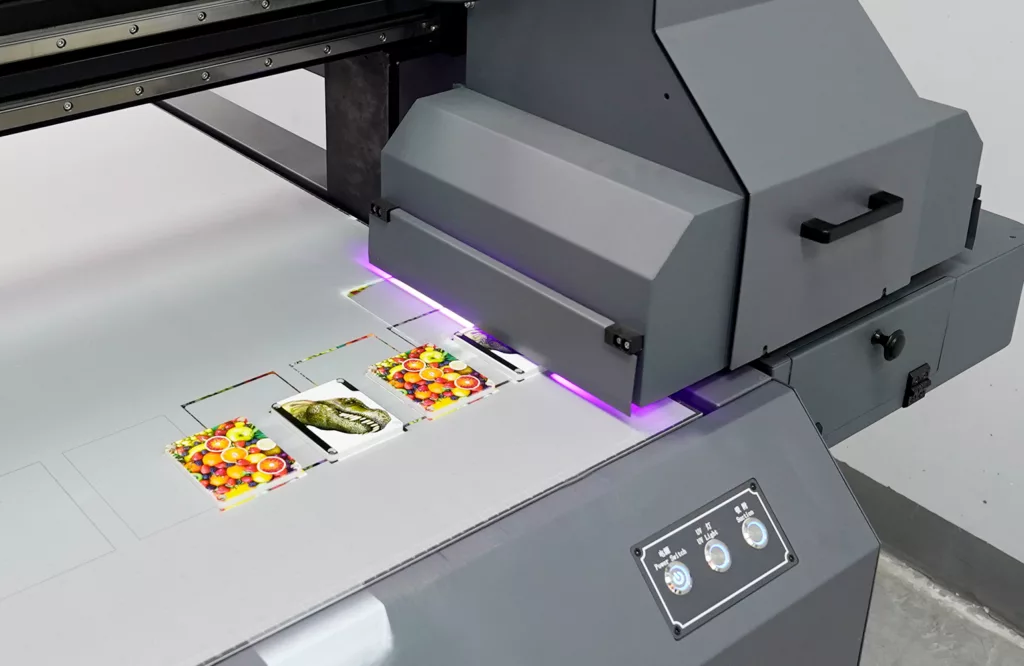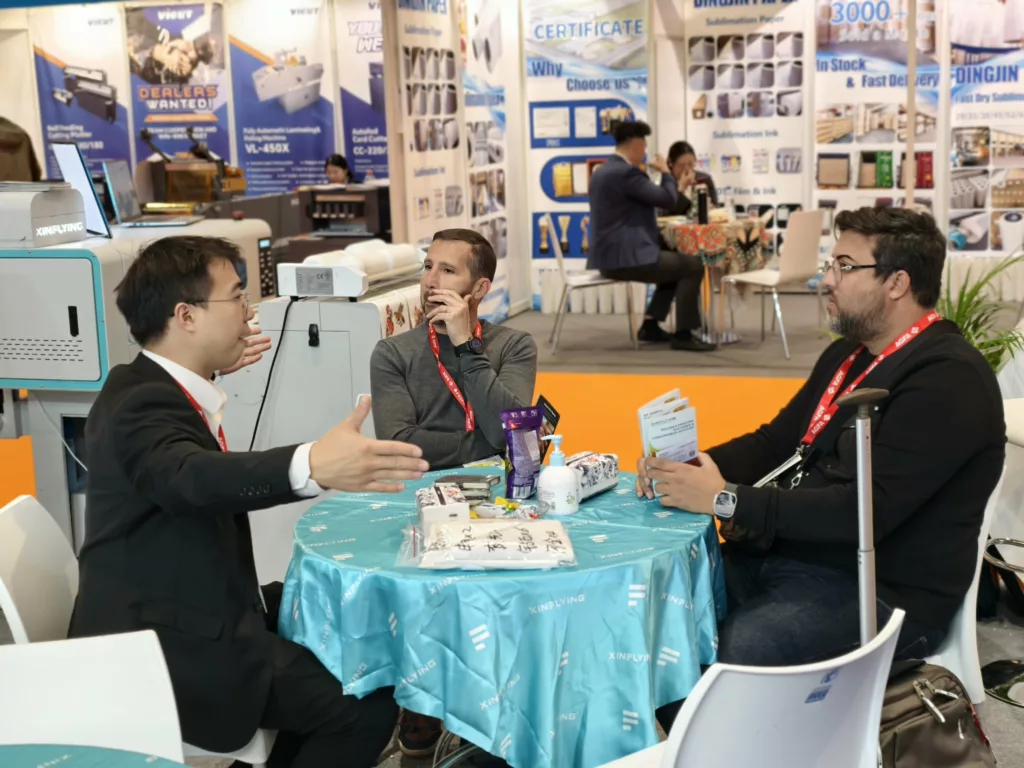布地へのデジタルプリントとは?

ソース: テキスタイルフォーカス
デジタル捺染は現代的な方法です。 デジタルインクジェット技術を使用して、さまざまな種類の生地にカラフルなデザインを印刷します。. この技術により、あらゆるデザインをテキスタイルに正確かつ簡単にプリントできます。, これは繊維業界で最も有望な進歩の 1 つです。. デジタル捺染プリントを採用, 色の制限や画面要件はありません, テキスタイルプリントの需要の高まりに応える無限の可能性を提供します。. この技術は 3D デザインの印刷にも適しています, Tシャツなどの衣類に直接印刷するために使用できます。, シャツ, そしてジーンズ, 生地に加えて.
布地へのデジタルプリントは、近年人気が高まっています。 多用途性, 費用対効果, そして 高品質で鮮やかなデザインを生み出す能力. また、印刷プロジェクトの規模や規模に関してもより高い柔軟性が得られます。, カスタムデザインの少量印刷が可能. さらに, 布地へのデジタル印刷は水の使用量を削減できるため、従来の印刷方法と比べて環境への影響が少なくなります。, エネルギー消費, そして無駄.
ファブリック印刷機の種類
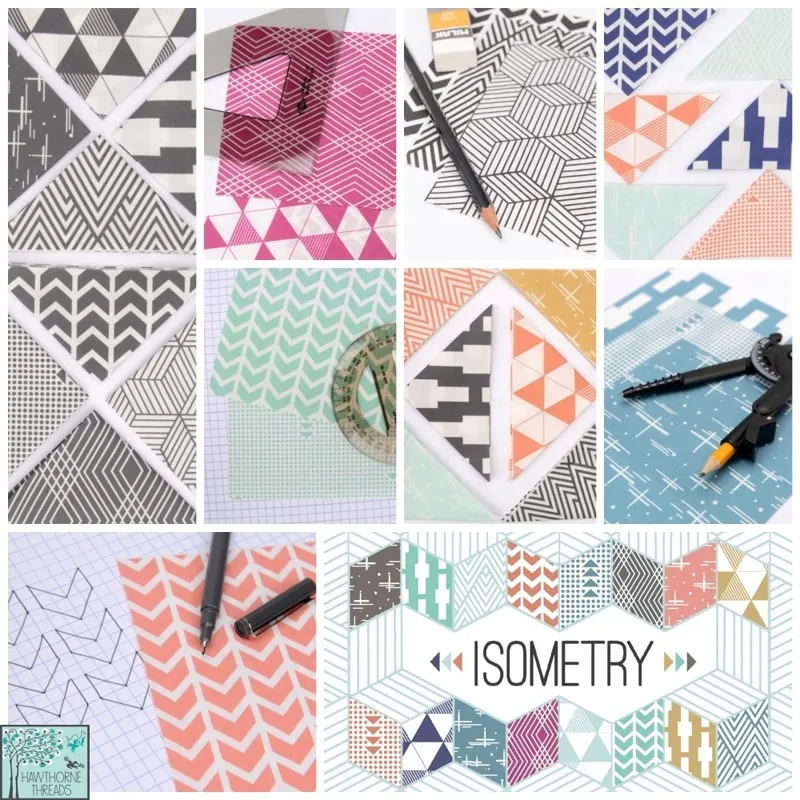
ソース: オードナー
昇華プリンター
昇華印刷 特殊な昇華型インクを使用して特殊な紙にパターンを印刷するプロセスです.
使用したインクの名前は、昇華印刷インク, 熱と圧力を受けると固体から気体に変化します, 基材材料と結合して永久的な画像を作成します。
昇華印画紙 特殊コーティングを施した耐熱紙で、にじみやにじみを起こさずにインクが転写されます。
このプリントは長持ちし、ひび割れません。, 時間の経過とともに色褪せたり剥がれたり. 短納期に適しており、非常に詳細な設計が可能です. 詳細については, を参照してください。昇華印刷機メーカーs.
DTGプリンター
DTG印刷 インクジェットプリンターを使用して、水性インクを生地に直接塗布します。. このプロセスは比較的シンプルで、高価なセットアップは必要ありません。.
DTG 印刷は小ロットやカスタムオーダーに最適です, スクリーンやプレートを必要とせずにワンオフのデザインに対応できるため. 技術は確立されており、優れた技術が数多くあります。DTGプリンター会社 高品質な印刷が可能になりました, フルカラー画像を布地に直接貼り付ける.
DTFプリンター
DTF印刷 DTG 印刷に似た比較的新しい印刷技術です。. DTF 印刷では、専用のプリンターを使用してデザインを感熱フィルムに印刷し、熱プレスを使用して生地に転写します。, と呼ばれるもの DTF印刷用フィルム.
DTF印刷用インク 通常、細かく粉砕され、液体キャリアに懸濁された顔料が配合されます。. これにより、インクを DTF プリンターで転写フィルムに印刷し、熱プレスを使用して布地に転写することができます。.
DTFプリンターパウダー 通常、熱可塑性ポリマーで構成されており、転写フィルムと生地の間に強力な結合を生み出すように設計されています。. 接着剤の粉は, 特殊なタイプです, インクを転写フィルムに印刷した後、転写フィルムに塗布します。.
DTF 印刷は、さまざまな生地に高品質のプリントを作成できます。, 綿を含む, ポリエステル, そしてブレンドする, 濃い色の生地に印刷する場合に特に便利です。. しかし, このプロセスは DTG 印刷に比べて時間がかかり、複数のステップが必要になります。. 優秀なものがたくさんありますDTFプリンターサプライヤー市場に出ています, そしてそのうちのいくつかは中国の DTF プリンター メーカー.
さまざまな生地へのプリント
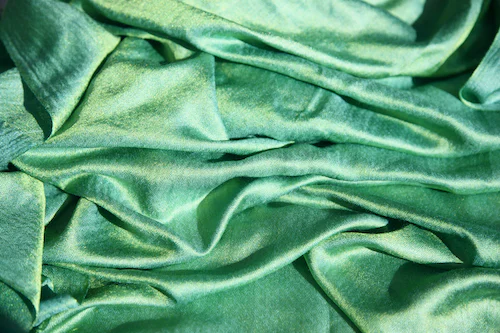
ソース: アンスプラッシュ
シルク
シルクへの印刷はさまざまな方法で行うことができます, 含む スクリーン印刷, デジタル印刷, そして 染料昇華.
スクリーン印刷は、ステンシルを通してインクを生地に押し付ける伝統的な方法です。, 一方、デジタル印刷では特殊なインクジェット プリンターを使用してインクを布地に直接塗布します。.
染料昇華は、熱と圧力を利用して染料をシルク生地に転写する熱転写プロセスです。.
各方法には長所と短所があります, デジタル印刷は最も汎用性が高く、複雑なデザインに適しています, 昇華型染料により、最も鮮やかな色と耐久性が実現します。.
ポリエステル
ポリエステルはスポーツウェアによく使われる合成繊維です。, アクティブウェア, そしてアウトドアギア.
ポリエステルへのプリントも可能です 染料昇華を使用して, これはインクを生地の繊維と融合させる熱転写プロセスです。, 長持ちする鮮やかなプリントが得られます.
その他の方法, スクリーン印刷や衣類への直接印刷など (DTG) 印刷, ポリエステルにも使用できます, ただし、昇華型と同レベルの耐久性と色の鮮やかさは得られない場合があります。.
コットン
コットンはアパレルなどによく使われる天然繊維です, ホームテキスタイル, とアクセサリー.
綿へのプリントはさまざまな方法で行うことができます, 含む スクリーン印刷, DTG印刷, および熱転写印刷.
スクリーン印刷技術により、綿生地に高品質のデザインを印刷できます。, ただし、小規模プロジェクトの場合は費用と時間がかかる場合があります.
衣服に直接 (DTG) 印刷は一般的に次のように考えられています 最も適した 綿生地のデジタル印刷技術. コットンは天然繊維なので, DTG印刷で使用される水性インクを容易に吸収します。, 耐久性があり長持ちする高品質のプリントが得られます。. さらに, DTG 印刷では、1 回の実行で複数の色やデザインを印刷できます。, カスタム設計や小規模プロジェクトに最適です.
全体, さまざまな生地に適した印刷方法の選択は、さまざまな要因によって決まります。, のような 生地の種類, 望ましい耐久性 そして 色の鮮やかさ, デザインの複雑さ, そして 注文の数量. そして、結果として得られる印刷物が高品質であり、エンドユーザーの要件を確実に満たすようにするには、適切な方法を選択することが不可欠です。.
結論

ソース: cmyk
要約すれば, 適切な印刷方法を選択することで, 高品質で長持ちする印刷を実現できます。. 布用印刷機など 昇華プリンター, DTGプリンター, そして DTFプリンター さまざまな種類の生地にデザインを印刷する場合に独自の利点を提供します, のような シルク, ポリエステル, そして コットン. 適切な印刷方法は生地の種類などによって異なります。, 設計の複雑さ, 望ましい耐久性と色の鮮やかさ, そして注文数量.
その間, そのような製品に関する関連知識や経験をより深く理解したい場合, 引き続きいくつかの情報を閲覧できますデジタル捺染プリンターメーカーs.



























